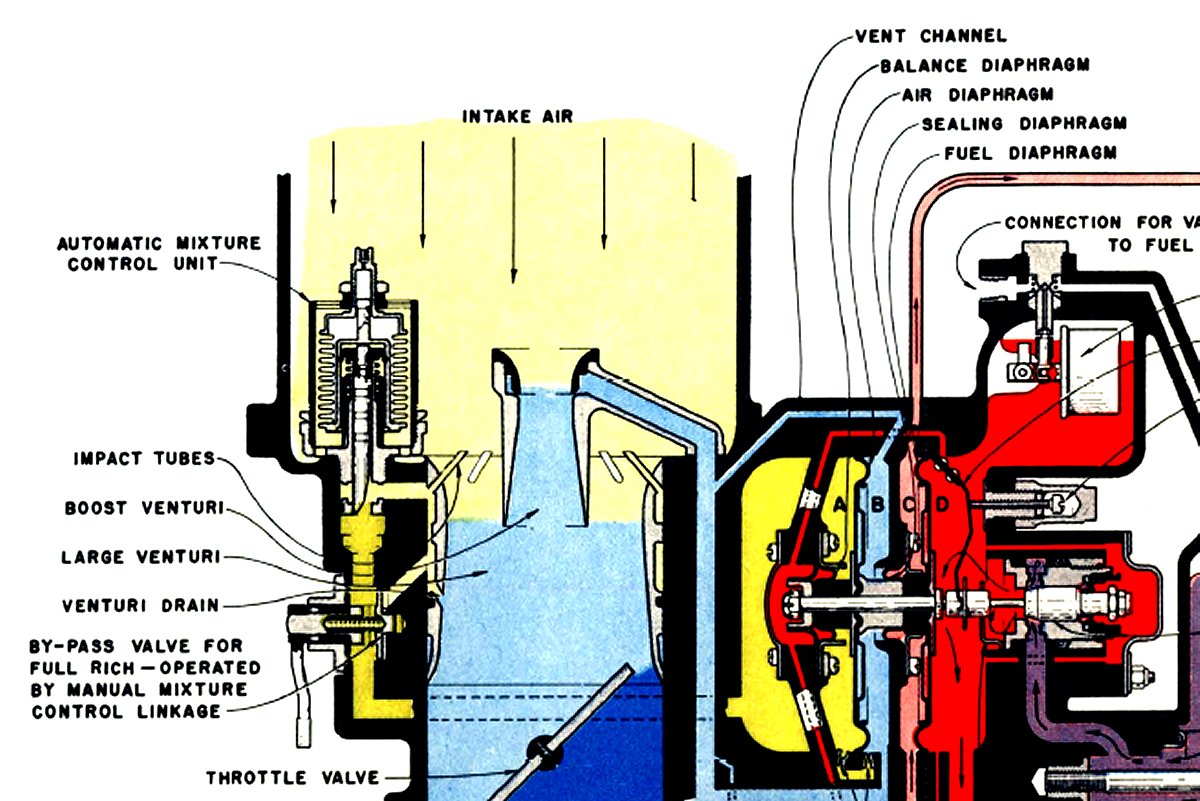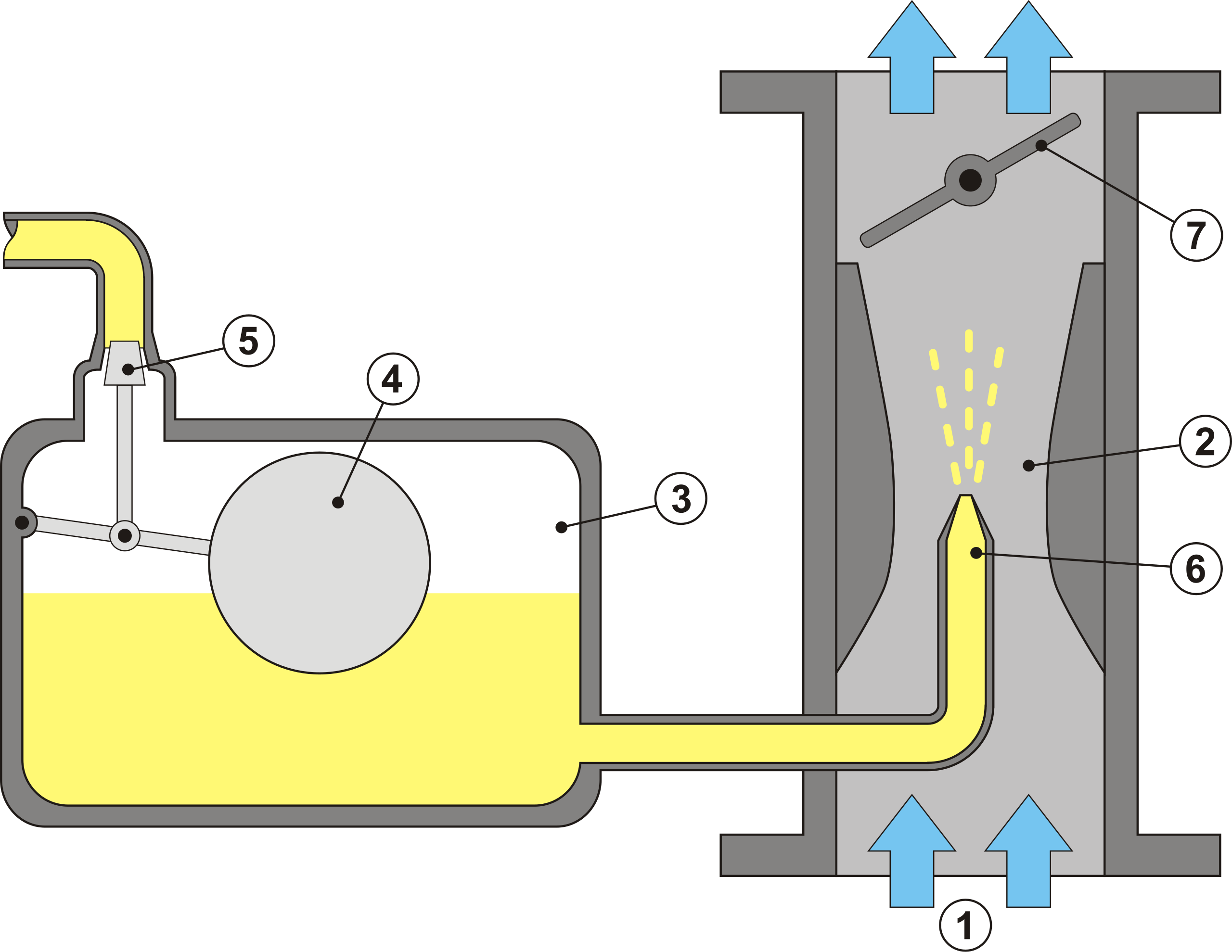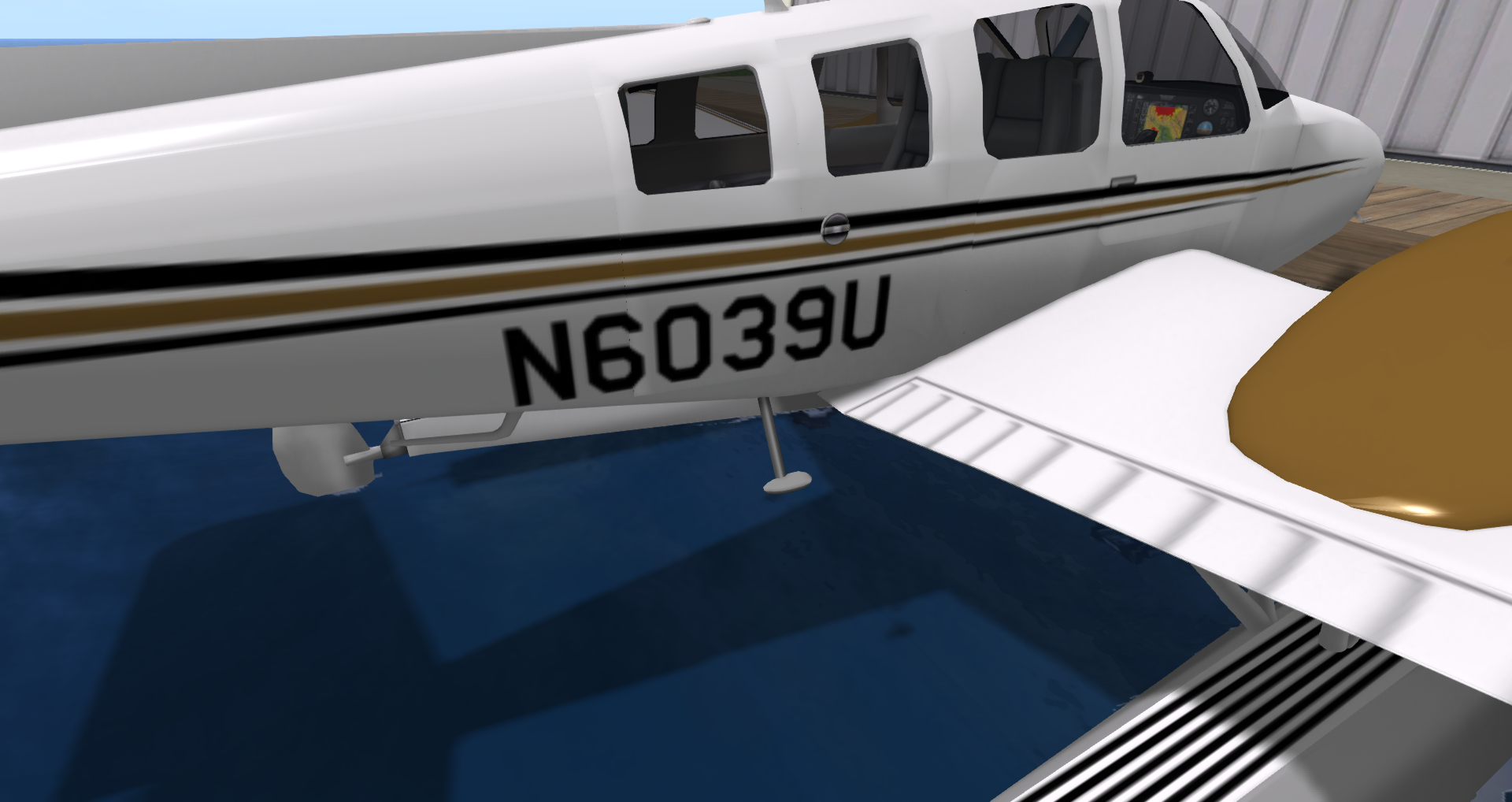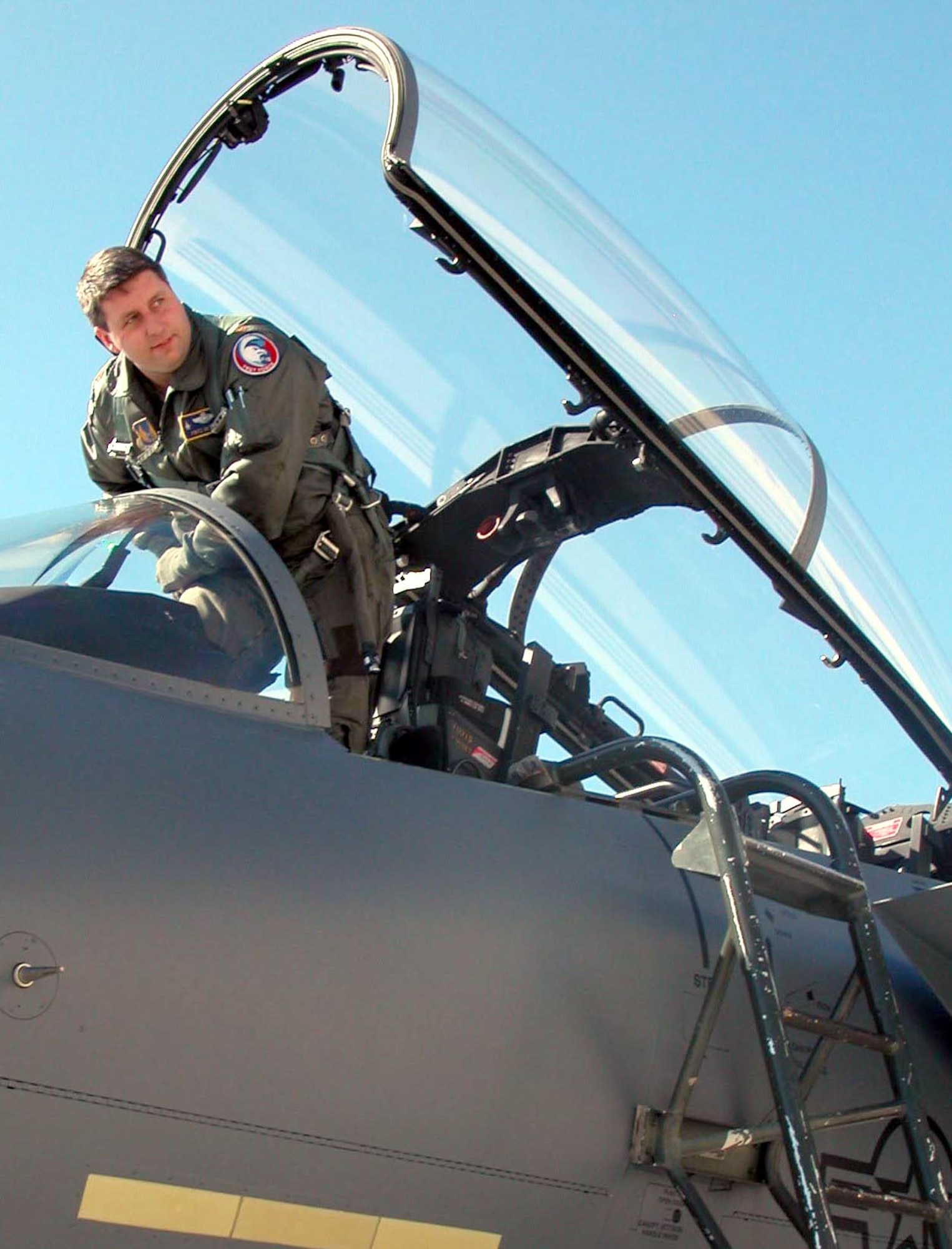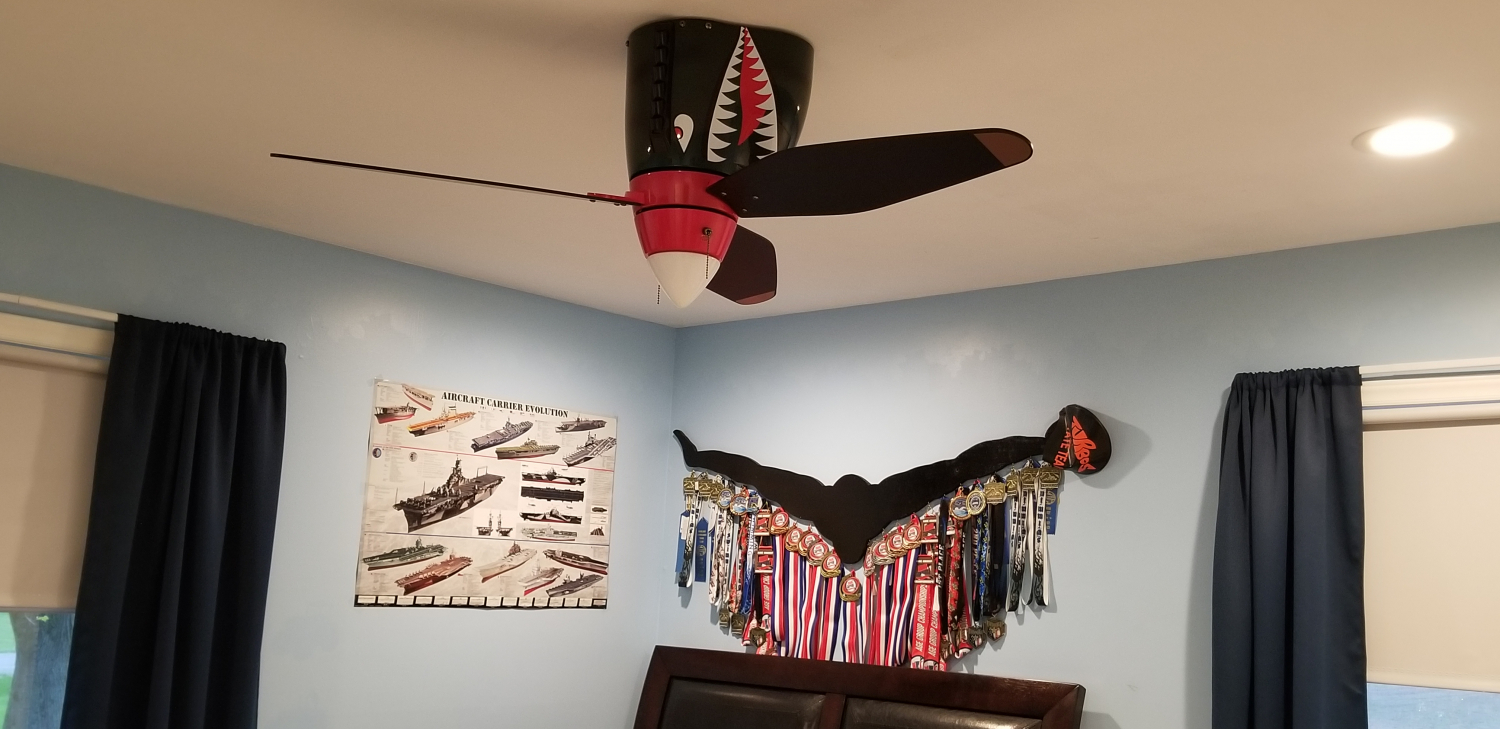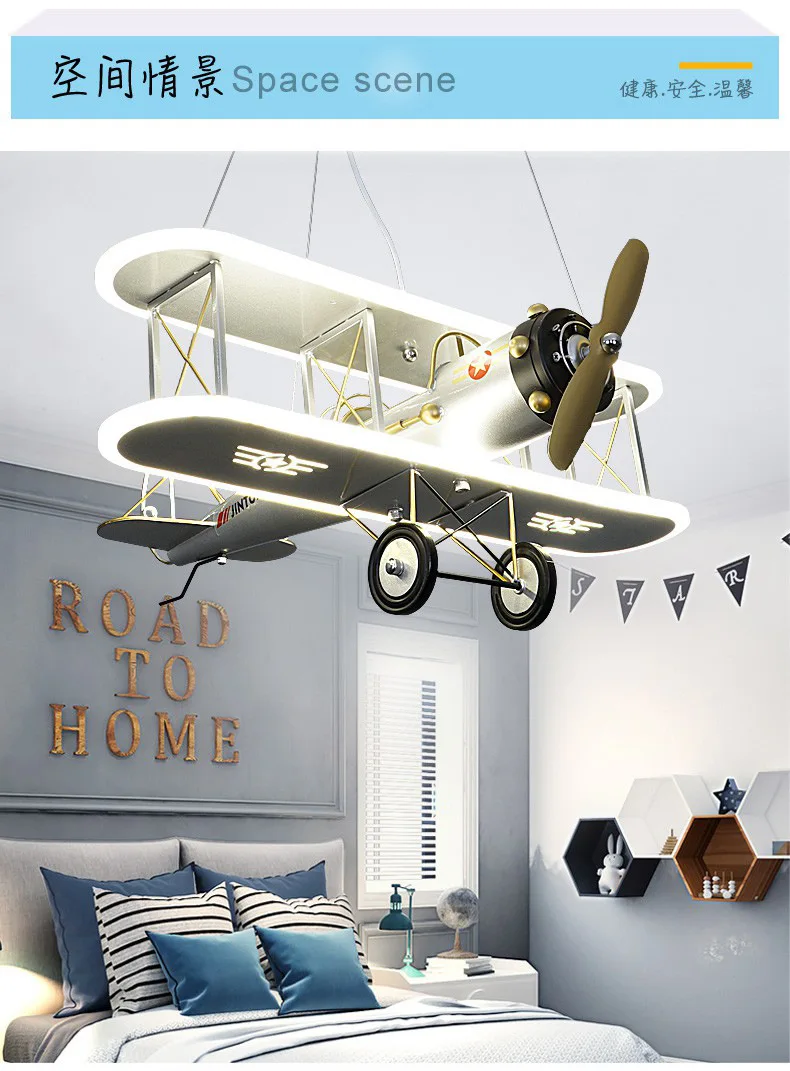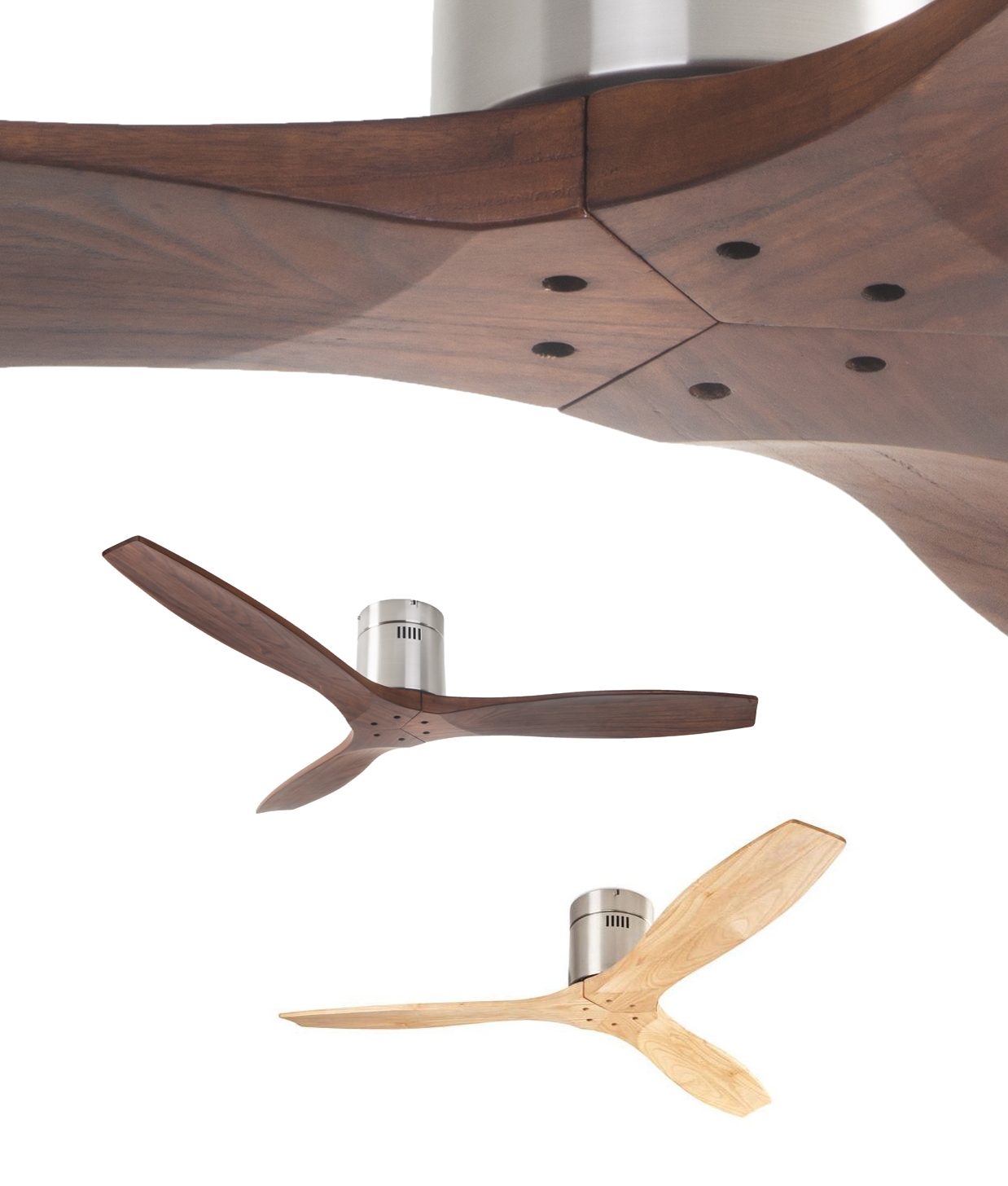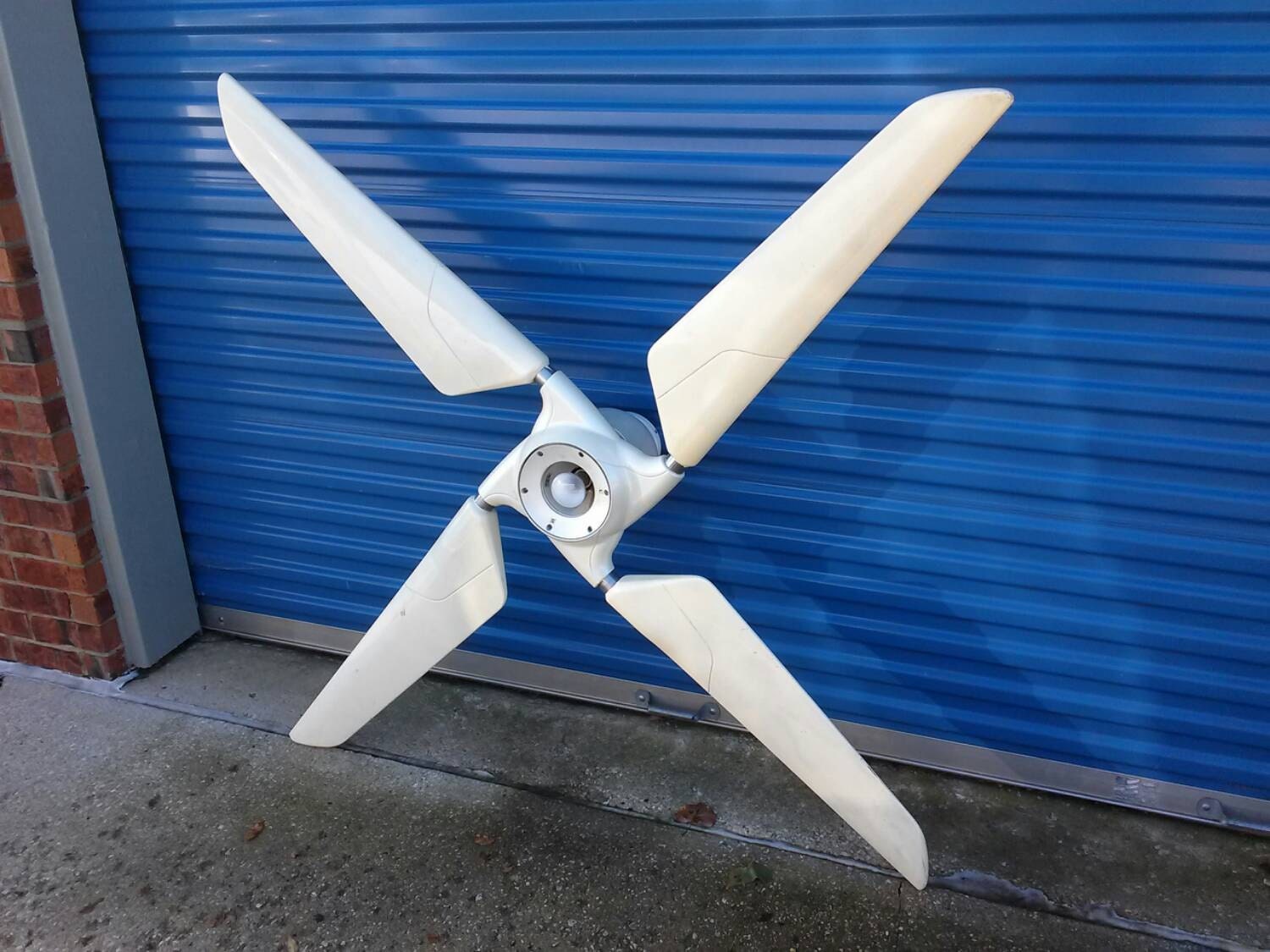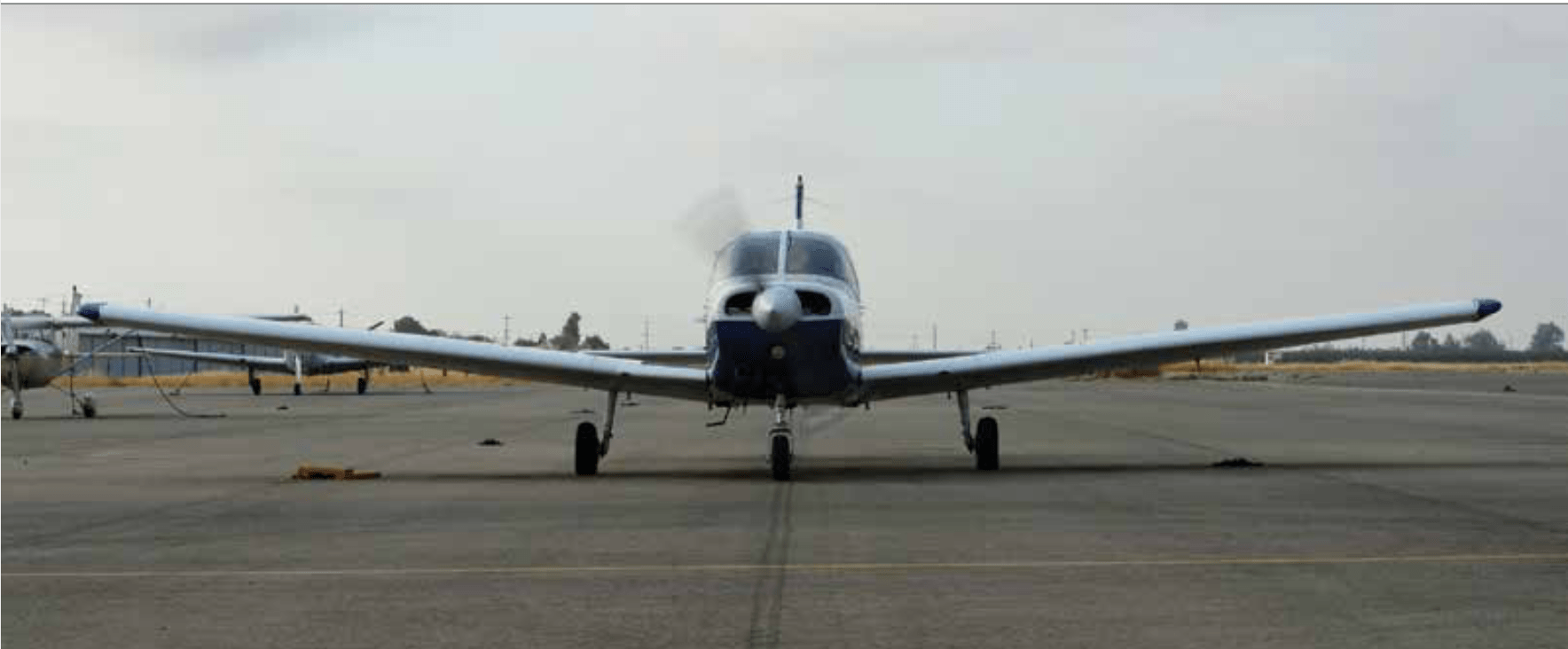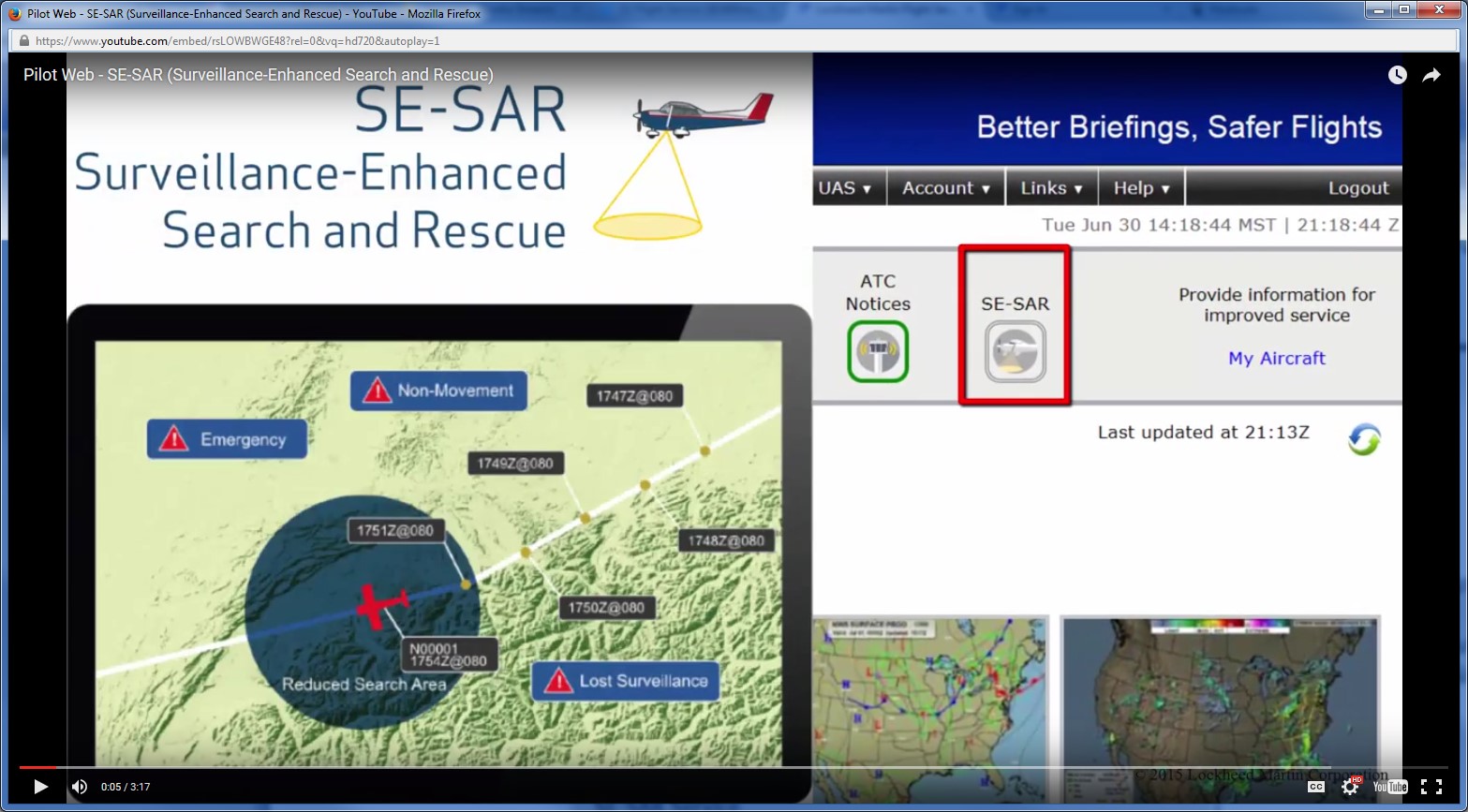Airplane Charm - This gold airplane charm is decorated with jets of diamonds. Fly and experience all that this world has to offer with the brilliant charm of travel. A classic travel charm for the adventure seeker, airplane or frequent flyer.
Most of our charms come with an open gold loop (jump ring) which is used to attach them to a bracelet or necklace. We recommend having this ring professionally welded before wearing. Welding is a process that joins two pieces of metal together, securing the charm to a chain or bracelet. This process can be done by a local jeweler or before shipping. The options are different, choose the mounting option that suits you. The service is non-refundable.
Airplane Charm

I have or will have a bracelet in my cart and would like to attach my charm to the bracelet
Charms Airplane Plane 17*20mm Antique Making Pendant Fit,vintage Diy Bracelet Necklace
I have or will have a necklace in my shopping cart and would like to attach my charm to the necklace
I like gluing the ring, this option is best for wearing on your own necklace or if you plan to wear a bracelet or necklace.
Please see our engraving styles to learn about the engraving styles we offer. If you have specific engraving requests, please let us know in the order notes at checkout. Please allow an additional 2-3 business days if you are cutting the charm. in a hurry? Please contact us and we will let you know when we can accommodate your request.
Please review our FAQs to learn more about our investment and embossing policies. Have questions? Contact us via chat on our website, by email at info@ or by phone at 1-800-616-6067.
Estate Airplane Charm
All pendants, bracelets and necklaces are made to order. We ship all in-stock orders within 1-3 business days of purchase. Special and engraved orders may take longer. Processing times may also take longer during the busy holiday season. Please let us know your schedule and we will do our best to accommodate it. in a hurry? Please contact us and we will let you know when we can accommodate your request.
UPS Ground Shipping is free in the continental United States. We include insurance for the full retail value of all orders.
Please allow 1-5 business days after your package is shipped. Don't worry, your package is insured, but if you would like to subscribe to it, please let us know in the order notes. "Signature Required" incurs an additional fee.

We also offer UPS Three Day Select, Second Day or Next Day to expedite your shipping. UPS rates will be calculated at checkout. Orders are shipped Monday through Friday via UPS Standard Shipping.
K Yellow Gold 3d Airplane Jet Aircraft Pendant
By choosing expedited shipping, you do not guarantee that your order will be shipped immediately. All pendants, bracelets and necklaces are made to order. In the event of an unforeseen delay or problem with your order, we will contact you.
Once your order ships, you will receive an email with a UPS tracking number. We are not responsible for any UPS service delays.
We ship to select countries outside the United States via UPS. We include insurance for the full retail value of all orders. We offer UPS Worldwide Expedited and UPS Worldwide Saver. UPS rates will be calculated at checkout. Customers are responsible for all duties and taxes that apply to the shipment. Once your order ships, you will receive an email with a UPS tracking number.
Orders outside the United States require payment via PayPal. ships orders only outside the United States to the verified address on file with the PayPal account holder. Orders that are in stock are shipped the next business day. Custom orders are made to order and take 2-3 weeks.
Wanderlust Airplane Pendant
All our personalized items and pendants are of the highest quality with a beautiful weight, thickness and perfect finish.
Made for our jet set enthusiasts and travelers. The perfect gift for someone you know who loves to travel, explore and travel the world. It can serve as a personal reminder to keep dreaming and learning new things. It can also be the perfect addition to a necklace you already love.
Gold vermilion is our pick for everyday jewelry. We start with a silver base, which we then cover with a very thick layer of 18k gold. This combination contains only precious minerals and is ideal for sensitive skin. Instead of sticking to industry standards, we double the coverage for double the shine. This ensures that your piece will remain strong and long lasting.

Made from 92.5% pure silver and 7.5% other metals such as copper which add strength and hardness. We cover our jewelry with an additional layer of rhodium for extra shine and durability.
K Gold Airplane Charm
Our real gold products are made to last. This necklace doesn't stain or irritate your skin, so you can wear it all day every day without worry.
We choose brass as our base metal because it is durable, making it perfect for everyday use. A thick layer of gold vermilion keeps this product shiny and new for a long time. None of our gold plated parts are "flash". This material is built to withstand normal wear and tear.
Meaningful items for every season. Whether you need something special for yourself, a surprise gift, or a gift for a hard-to-buy-for friend. Find an item that everyone will love to show off your favorite chain, bracelet or necklace.
Get stylish, one-of-a-kind pieces you can buy for a lifetime - designed and made by us, ready to gift and without the big markup.
Vintage Gold Hawker Hurricane Aeroplane Charm
Sterling silver airplane charm, airplane pandora charm, airplane charm necklace, airplane charm gold, charm airplane, tiffany airplane charm, airplane croc charm, james avery airplane charm, paper airplane charm, silver airplane charm, thomas sabo airplane charm, airplane charm bracelet

